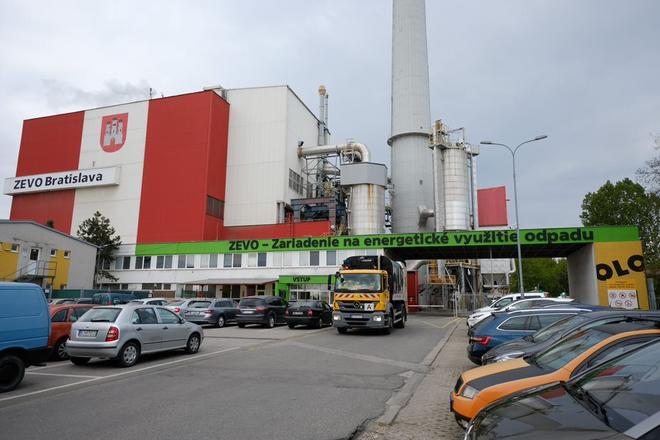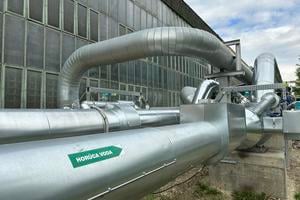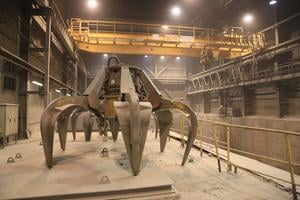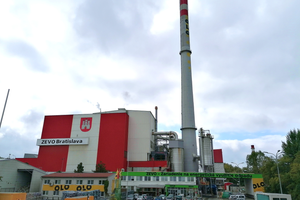From outside, it might seem that the waste incineration plants in Bratislava and Vienna are as different as any two such facilities could be.
The former is a drab, modern industrial production complex while Friedensreich Hundertwasser’s Spittelau incinerator is considered a work of art.
But inside, they have something very important in common: both produce electricity and heat from the waste they process.
However, while the Bratislava plant has harnessed the heat produced from incineration to produce electricity for the last 20 years, it is only recently that it began to utilise residual heat from the process.
“Heat which was previously discharged into the air is now being supplied to Bratislava’s households,” said Bratislava Mayor Matúš Vallo.
The municipal waste management company Odvod a Likvidácia Odpadu (OLO) and state firm MH Teplárenský Holding (MHTH) which operates six heating plants across Slovakia, including in Bratislava, have interconnected their pipes to supply heat into the capital’s central heat supply system.
The project, which Ivan Sokáč, CEO of OLO, has described as the city’s most important in terms of waste management since the construction of the incineration plant itself, is expected to help keep a lid on soaring heat prices for Bratislava households. It will also reduce demand for natural gas at MHTH for production of heat, according to Vallo.


 OLO’s incineration plant known under the abbreviation ZEVO (zariadenie na energetické zhodnocovanie odpadu – a facility for energy recovery of waste) (source: Courtesy of OLO)
OLO’s incineration plant known under the abbreviation ZEVO (zariadenie na energetické zhodnocovanie odpadu – a facility for energy recovery of waste) (source: Courtesy of OLO)


